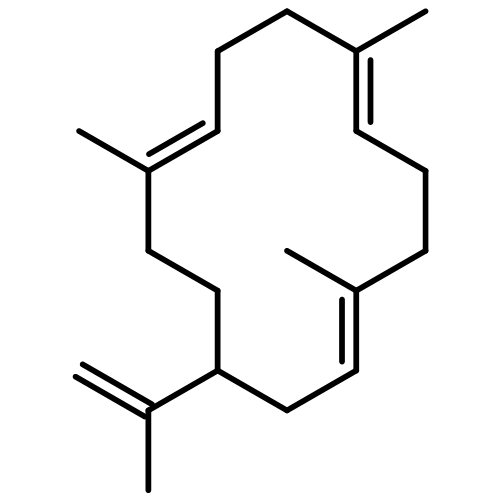A large number of diterpenes have been isolated from Euphorbiaceae plants, many of which are of interest due to toxicity or potential therapeutic activity. Specific Euphorbiaceae diterpenes of medical interest include the latent HIV-1 activator prostratin (and related 12-deoxyphorbol esters), the analgesic resiniferatoxin, and the anticancer drug candidate ingenol 3-angelate. In spite of the large number of diterpenes isolated from these plants and the similarity of their core structures, there is little known about their biosynthetic pathways. Other than the enzymes involved in gibberellin biosynthesis, the only diterpene synthase isolated to date from the Euphorbiaceae has been casbene synthase, responsible for biosynthesis of a macrocyclic diterpene in the castor bean (Ricinus communis). Here, we have selected five Euphorbiaceae species in which to investigate terpene biosynthesis and report on the distribution of diterpene synthases within this family. We have discovered genes encoding putative casbene synthases in all of our selected Euphorbiaceae species and have demonstrated high-level casbene production through expression of four of these genes in a metabolically engineered strain of Saccharomyces cerevisiae. The only other diterpene synthase found among the five plants was a neocembrene synthase from R. communis (this being the first report of a neocembrene synthase gene). Based on the prevalence of casbene synthases, the lack of other candidates, and the structure of the casbene skeleton, we consider it likely that casbene is the precursor to a large number of Euphorbiaceae diterpenes. Casbene production levels of 31 mg/L were achieved in S. cerevisiae and we discuss strategies to further increase production by maximizing flux through the mevalonate pathway.Casbene synthase is commonly found in Euphorbiaceae species and is likely to be the precursor to the majority of complex diterpenes found in this family.

